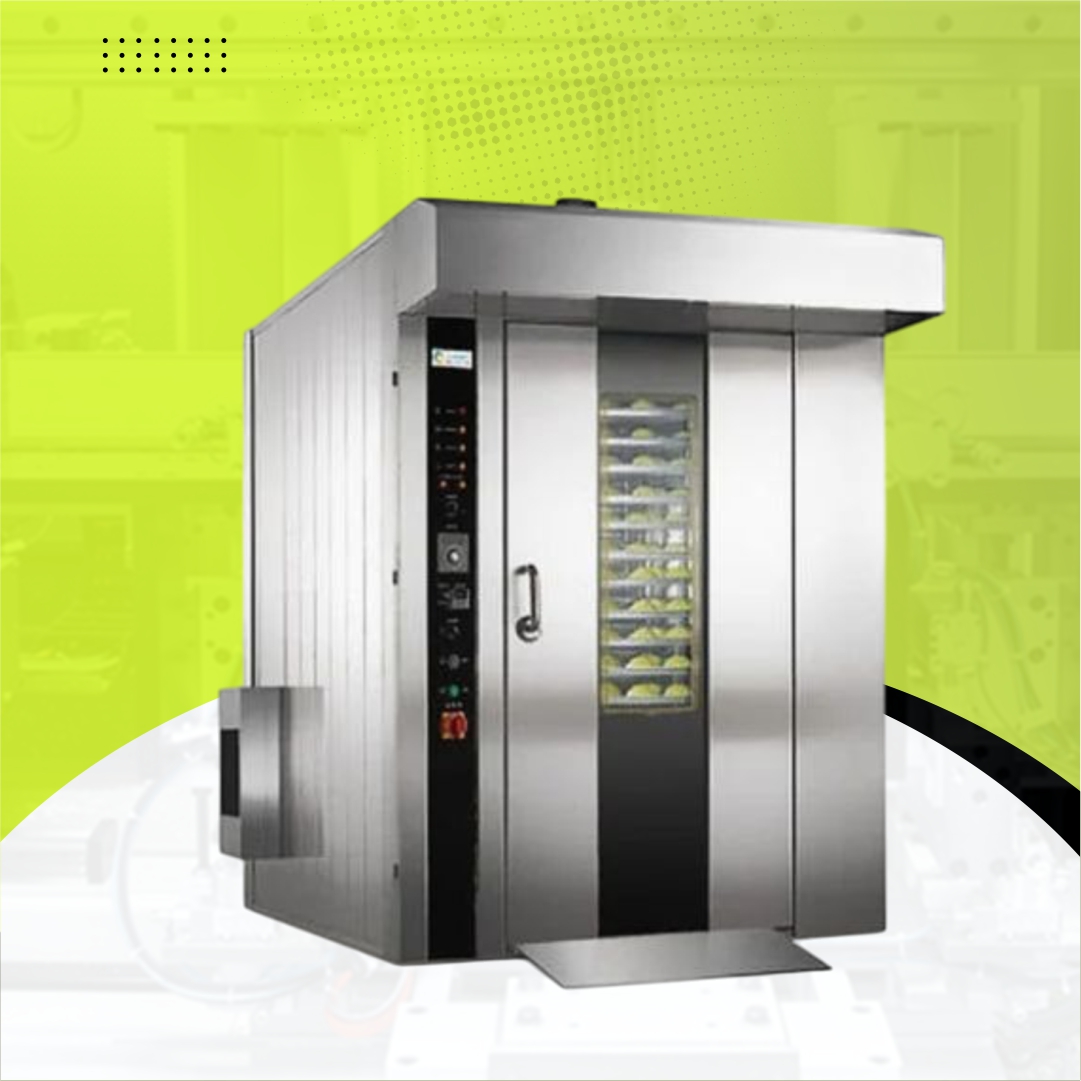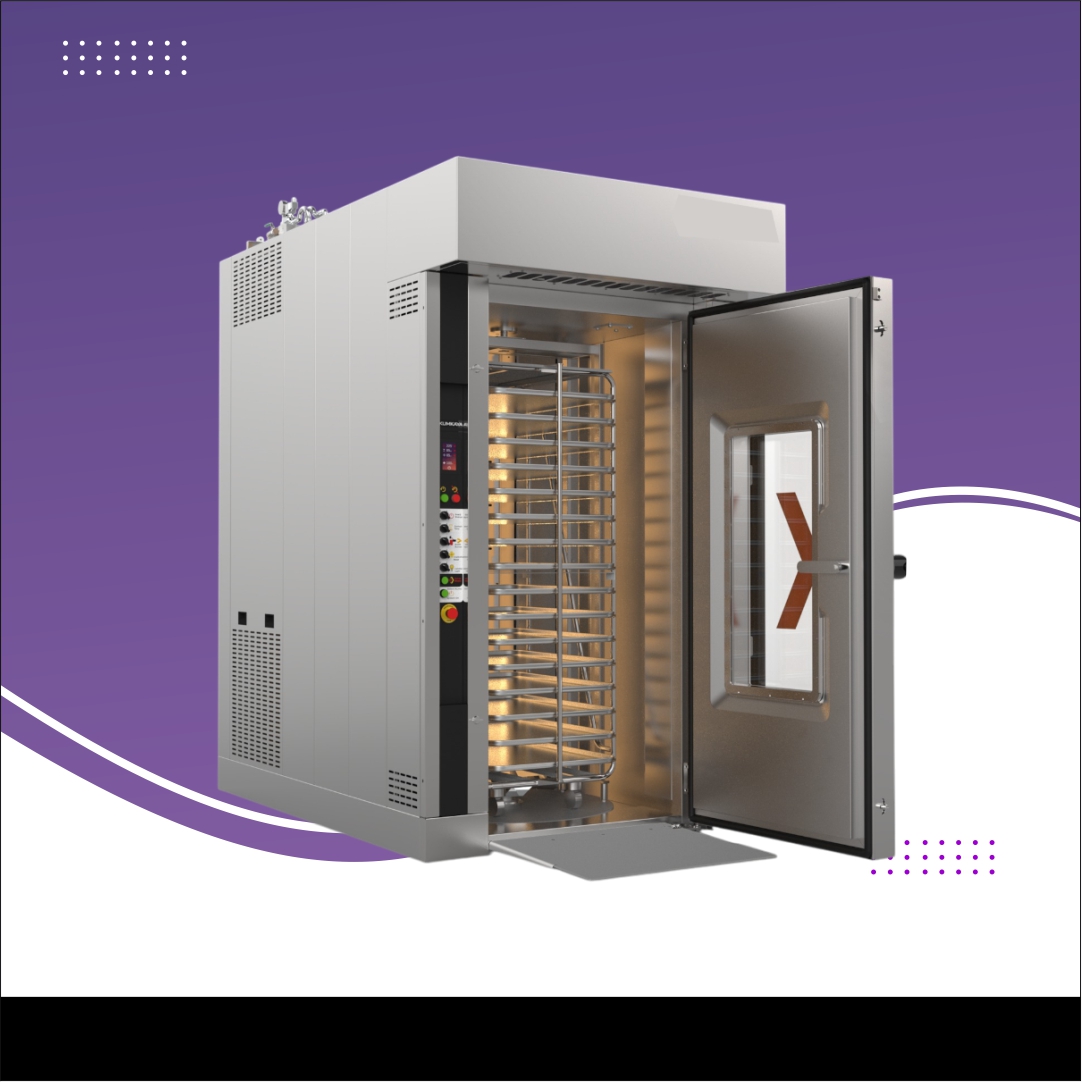Paper Plate Machines
- Double Die Paper Plate Machine
- Fully Automatic Paper Plate Machine
- Hydraulic Paper Plate Machine
- Paper Plate Making Machines
- Single Die Paper Plate Making Machine
Notebook Making Machine
- Notebook Cutting Machine
- Notebook Edge Squaring Machine
- Notebook Making Machine
- Notebook Spiral Binding Machine
- Notebook Stitching And Folding Machine
- Notebook Stitching Machine
Incense Making Machines
- Automatic agarbatti making machine
- Camphor Tablet Making Machine
- Dhoopbatti Making Machine
- Manual agarbatti making machine
Food Processing Machine
- BREAD SLICER MACHINE
- 4 BOLT OIL EXPELLER MACHINE
- 6 bolt oil expeller machine
- 9 BOLT OIL EXPELLER MACHINE
- Atta Chakki Machine
- Automatic paneer press machine
- Automatic rice mill with polisher
- Besan Making Machine
- Cattle feed machine
- Centrifugal chalna seperator
- Chapati Making Machine
- COLD PRESS OIL EXPELLER MACHINE
- Cotton Candy Making Machine
- Dal dryer machine
- Dal polisher machine
- Fully automatic noodles making machine
- Khoya Making Machine
- Kurkure Making Machine
- Kurkure roaster machine
- Laddu making machine
- Malli machine
- Masala coating machine
- Masala Making Machine
- Mini oil expeller machine
- Mini Rice Mill Machine
- Momos Making Machine
- Mustard Oil Expeller Machine
- Namkeen making machine
- Noodles Making Machine
- Oil And Hydro Dryer Machine
- OIL FILTER MACHINE
- Paneer press machine
- Pani Puri Making Machine
- Papad making machine
- Pasta Making Machine
- Planetary mixer machine
- Popcorn making machine
- Potato peeler machine
- Potato slicer machine
- RASGULLA MAKING MACHINE
- Soda vending machine
- Sugarcane juice machine
- Tomato Sauce Making Machine
Other Machines
- Concrete Vibrating Machine
- Automatic slipper machine
- Concrete Mixing Machine
- Cotton Wick Machine
- Hydraulic Press Brick Making Machine
- Ladies Bindi Making Machine
- Manual slipper machine
- Mini chaff cutter machine
- Paper cup making machine
- Sambrani cup making machine
- Sanitary Pad Making Machine
- Tissue Paper Making Machine
- Wire nail grinder machine
- Wire Nail Making Machine
- Wire nail polishing machine
Packing Machines
Detergent Making Machines
Rotary Oven Machine
- 12 tray rotary oven
- 18 tray rotary oven
- 24 tray rotary oven
- 36 tray rotary oven
- 42 tray rotary oven
- 84 tray rotary oven
12 tray rotary oven
Price: ₹ 390000
| Product Generic Name |
rotary oven |
|---|---|
| Minimum Order Quantity |
1 Piece |
| Brand Name |
Customized |
| Body Material |
SS |
| Usage/Application |
For rotary oven |
Add To Cart
The 12 Tray Rotary Oven is a high-performance commercial baking solution designed for consistent and uniform baking of bread, cakes, cookies, biscuits, and more. Built with a rotating trolley system, it ensures even heat distribution across all trays, resulting in perfect baking every time.
Made with high-quality stainless steel and equipped with advanced temperature controls, this oven is ideal for bakeries, food production units, and commercial kitchens. Available in electric, diesel, or gas variants, the 12 tray rotary oven delivers superior energy efficiency and high output.
Key Features:
-
Capacity: 12 trays (16"x24" or customizable)
-
Rotary system ensures uniform baking
-
Available in electric, diesel, or gas heating options
-
Digital temperature controller and timer
-
Stainless steel body for durability and hygiene
-
Glass door for easy viewing
-
High-efficiency insulation for heat retention
-
Uniform Baking – Rotating mechanism guarantees even heat circulation and consistent results.
-
High Production Output – Bake large quantities in a single batch, increasing daily production.
-
Energy Efficient – Designed with insulation and fuel-saving technology.
-
Versatile Usage – Suitable for baking bread, pastries, cookies, and cakes.
-
User-Friendly Interface – Digital controls make operation simple and precise.
-
Low Maintenance – Easy-to-clean stainless steel body and accessible parts.
-
Durable & Reliable – Built to withstand long working hours in commercial environments.
1. What is a Rotary Oven, and how does it differ from conventional ovens in terms of design and functionality?
A Rotary Oven is a type of industrial baking oven where trays are loaded into a rotating drum. The drum rotates inside the oven chamber to ensure uniform heat distribution around the products. Unlike conventional ovens, which use static heating elements, rotary ovens provide consistent baking by moving the product for even exposure to heat.
2. How does a Rotary Oven ensure uniform baking and prevent uneven heat distribution?
The rotating drum inside the Rotary Oven ensures that products are continuously exposed to heat from all sides. This rotation eliminates hot spots and ensures uniform baking, making it ideal for consistent results in large-scale production environments.
3. What are the key advantages of using a Rotary Oven over other baking equipment?
-
Even baking: The rotating drum ensures uniform heat distribution.
-
Energy efficiency: The design minimizes heat loss.
-
High capacity: Can handle large quantities of products at once.
-
Versatility: Ideal for baking bread, cakes, pastries, and other baked goods.
4. Which industries or types of businesses are best suited for using a Rotary Oven?
Rotary Ovens are commonly used in industries such as:
-
Bakeries: For baking large batches of bread, pastries, and cakes.
-
Confectioneries: For even baking of sweets and snacks.
-
Food processing: For baking or roasting items in bulk.
These ovens are ideal for businesses with high-volume production needs.
5. How does the temperature control system work in a Rotary Oven, and is it customizable for different products?
A Rotary Oven typically features an advanced temperature control system with digital thermostats and humidity control. This allows operators to adjust the temperature to suit different types of baked goods. Customization options are available for specific recipes or product requirements.
6. Can a Rotary Oven be used for different types of baked goods, or is it limited to certain products?
Yes, a Rotary Oven is versatile and can be used for a wide range of baked goods, including bread, cakes, cookies, pastries, and even pizzas. The machine can be adjusted to suit different baking times and temperatures based on the specific product.
7. What is the typical energy consumption of a Rotary Oven, and how does it compare to other types of ovens?
The energy consumption of a Rotary Oven is relatively efficient due to its uniform heat distribution and ability to maintain consistent temperatures. Compared to conventional ovens, rotary ovens are often more energy-efficient, as they reduce heat loss and minimize baking time.
8. How does the maintenance of a Rotary Oven differ from other ovens, and what are the essential maintenance tasks?
Maintenance for a Rotary Oven typically includes:
-
Regular cleaning of the drum and heat exchange components.
-
Inspecting the motor, electrical systems, and temperature controls for wear.
-
Checking for gas leaks if using gas-powered ovens.
Routine checks ensure optimal performance and longevity of the oven.
9. What is the average lifespan of a Rotary Oven, and what factors contribute to its durability?
A Rotary Oven can last 10-15 years with proper maintenance. Factors contributing to durability include the quality of materials, frequency of use, and regular servicing of components such as the drum, motor, and temperature controls.
10. Can a Rotary Oven be integrated with other baking equipment in a production line?
Yes, Rotary Ovens can be integrated into an automated baking line with other equipment such as mixers, proofers, and packaging machines. This integration improves workflow efficiency and helps streamline large-scale production processes.
11. Are there any safety concerns to be aware of when using a Rotary Oven in a commercial setting?
-
Burn hazards due to high temperatures.
-
Proper ventilation to avoid overheating or gas buildup (for gas-powered ovens).
-
Electrical safety to prevent accidents with electric components.
Regular safety training for operators and routine safety checks help mitigate these risks.



